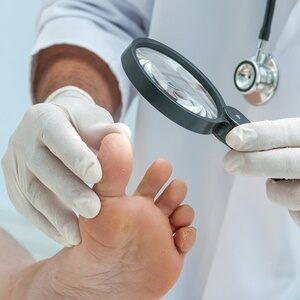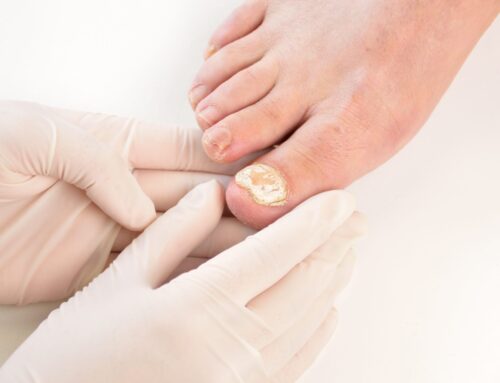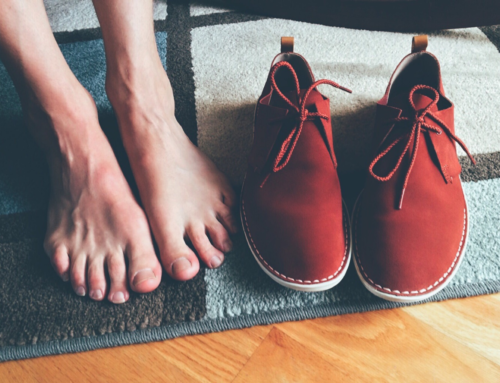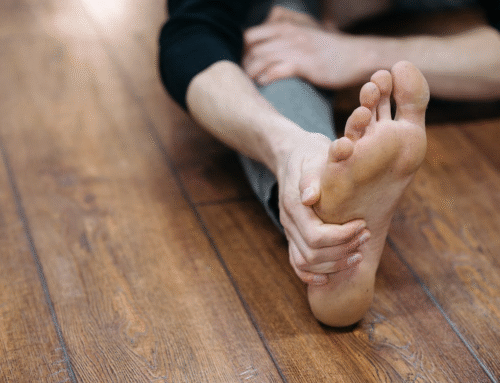Nail fungus and other fungal infections are more common than people think. The fungus can normally be found on the body. When there is an overgrowth of fungi, this is when fungal infections occur. Fungal infections on the surface of the body are usually caused by fungi called dermatophytes. It can infect different parts of the body. Once the infection starts, it can get worse and spread to different parts of the body. Below are the different types of fungal infections.
Common Fungal Infections
Below are the most common types of fungal infections that affect millions of people throughout the United States.
- Tinea pedis, aka athlete’s foot: Early fungal infection that begins between the toes and spreads throughout the feet of people who usually have sweaty feet and shoes. Causes a rash on the skin that is itchy and results in a burning sensation.
- Candida, aka yeast infection, is the most common cause of fungal infection and is usually good for your body until it overproduces. Usually infects the skin or membranes
- Tinea Cruris, aka jock itch: Affects the skin of the genitals, inner thighs, and the buttocks, resulting in itchiness, redness, and ring-shaped rashes, found in moist areas of your body, affecting people who sweat often.
- Tinea Corporis, aka ringworm: Fungal infection caused by a fungus, not a worm, contrary to popular belief. This results in a rash on the skin that is similar to a ring shape, with an outer ring that is scaly and itchy. Learn more about the symptoms of nail fungus from our recent blog post here.
- Onychomycosis, aka nail fungus: Lives off keratin of the nails and can be found on both hands and feet, resulting in discoloration and change of texture in the nails.
- Tinea Versicolor: Infection caused by a yeast that lives off your skin; however, it overproduces, resulting in indicators of a fungal infection involving a rash and discolorations of the skin.
If you would like a free consultation on your nail condition, give us a call now to schedule your appointment to see one of our podiatrists today!

Laser Treatment for Nail Fungus
If you have caught nail fungus, it can be easily treated using the FDA-approved PinPointe laser, which typically only takes one treatment. Other treatments, like topical solutions and oral medication, are not as effective. Topical solutions have a very low cure rate. This is because the solution does not penetrate all the way through the nail bed. This is because it can lead to liver toxicity. You would need to have consistent blood tests throughout the course of taking the medication.
Our nail doctor in Walnut Creek, CA, recommends this treatment for Toenail Fungus. The PinPointe Laser treatment has the highest cure rate in the market. It has no side effects and no recovery period. As a result, you can go about your daily activities right after the treatment. Also, there’s no pain.
If you have any signs of nail fungus, call us at (800) 672-0625 at our Walnut Creek, CA location, or visit our website for more information on our doctors at one of our over 150 locations.





